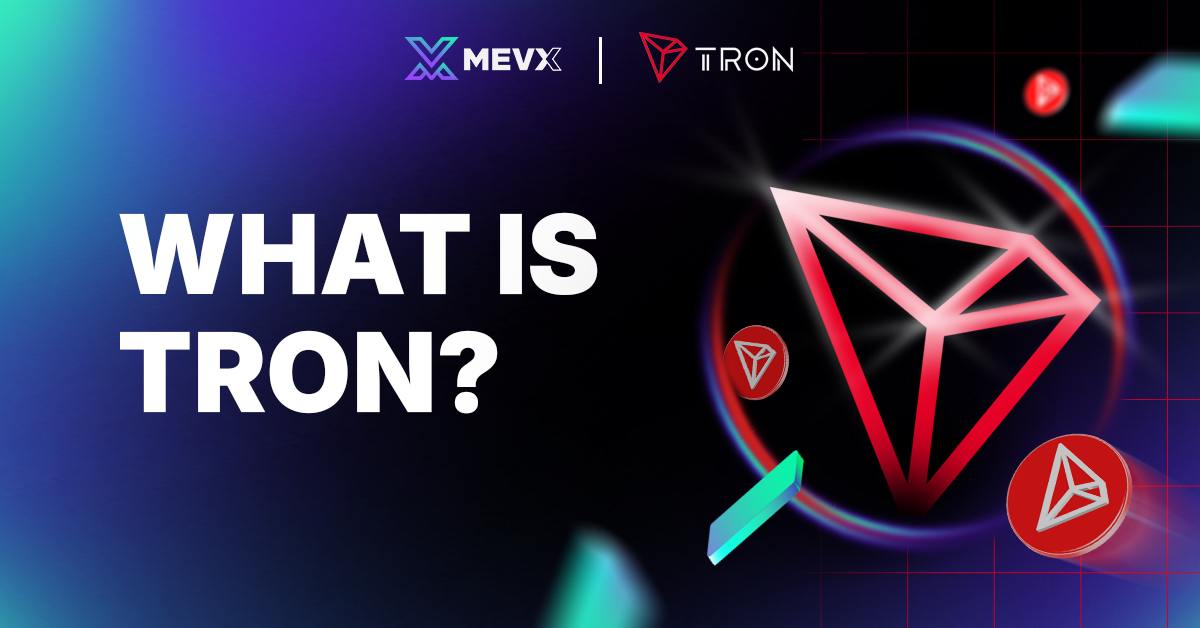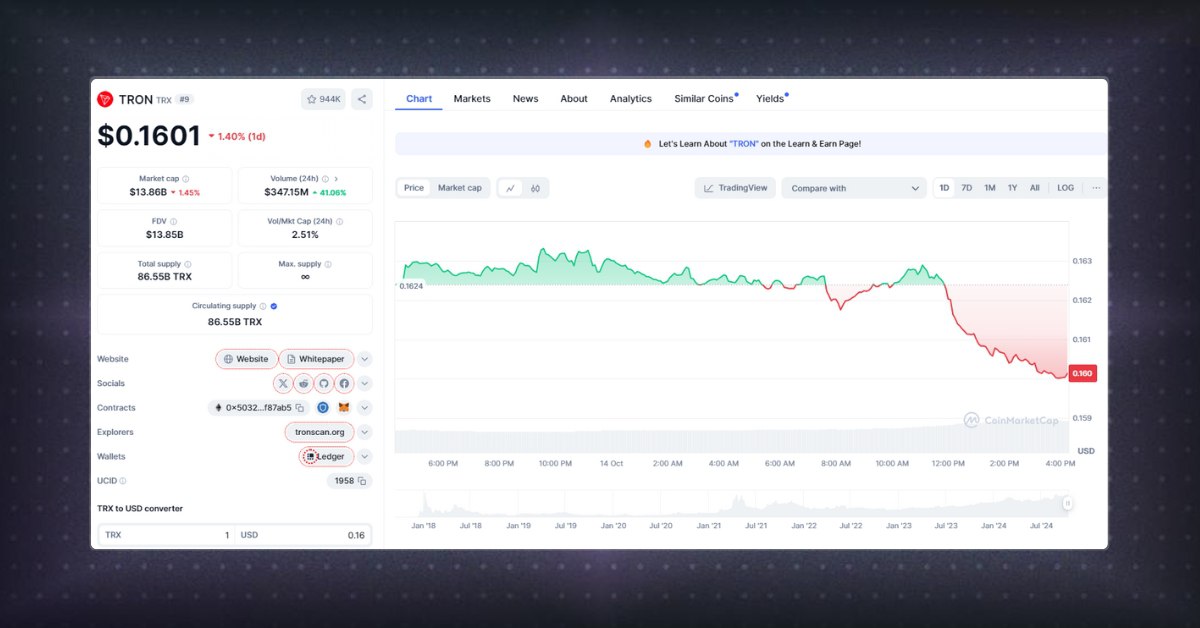Main Takeaways
- A comprehensive overview of TRON, including its purpose as a decentralized platform for content creators and its impact on the digital space, will be provided.
- This article also explores the history and development of TRON, highlighting its journey.
- The key features of TRON will also be discussed in depth.
 What is TRON?
What is TRON?
Introduction
TRON is a blockchain network and a decentralized platform that seeks to build a free, international digital entertainment content-sharing system. The model removes the intermediaries, allowing content creators to interact with their audience directly. Since it launched, TRON has expanded and marked its position in the cryptocurrency world with a flourishing DApps ecosystem.
History of TRON
- TRON was founded in 2017 by Justin Sun with the primary aim of decentralizing content distribution through blockchain technology.
- Originally built on Ethereum, TRON launched its own blockchain in 2018.
- In 2019, the TRON Foundation acquired BitTorrent, expanding into peer-to-peer file sharing.
- The TRON Foundation dissolved in July 2021, transitioning into TRON DAO with community governance.
- TRON, Tether, and TRM Labs established the T3 Financial Crime Unit (T3 FCU) in September 2024 to address criminal activities involving USDT on the TRON blockchain.
TRON’s Main Purpose
The primary goal of TRON is to decentralize the web by enabling the free sharing of digital content without intermediaries like YouTube or Spotify. TRON eliminates the hefty fees and platform restrictions from third parties, giving content creators direct access to their audience. The decentralization also allows content creators to maintain the rights and the revenue associated with their works.
TRX Cryptocurrency
Tronix, or TRX, is TRON’s native cryptocurrency and plays a central role in the TRON ecosystem. It is used for transactions on the network, where users can send and receive TRX with minimal fees. TRX also supports staking, allowing users to lock up their tokens to help secure the network and earn rewards in return.
In addition, TRX is vital in governance decisions, as users can vote on important updates and changes to the TRON network. This decentralized governance ensures that the community has a say in the platform’s future direction.

TRX market price on October 14, 2024 (Source: CoinMarketCap)
Key Features of TRON
TRON offers a range of features that enhance its appeal as a blockchain platform. These capabilities are designed to support faster transactions, minimize costs, and offer greater versatility.
High Scalability
One of TRON’s standout features is its high scalability. The platform can process thousands of transactions per second (TPS), making it faster than many other blockchain networks. Compared to the average 15 TPS of Ethereum, the scalability of TRON is promising.
Free Gas Fees
Another key advantage is the free transaction fees. Users can stake TRON to earn energy and bandwidth, which can be used to transfer coins to different chains without incurring any fees. This makes TRON especially appealing for USDT transfers due to its minimal costs, providing a more efficient and affordable way to transact compared to other networks.
DApp Ecosystem
TRON also comes with a growing DApp ecosystem, providing a range of decentralized applications, from gaming to DeFi (Decentralized Finance), that further enhance the platform’s utility and appeal.

High TPS of TRON blockchain
Conclusion
TRON is focused on decentralizing the web and empowering content creators by providing a more efficient and integrated approach to distributing content. With its native cryptocurrency TRX and its growing ecosystem, TRON continues to play an increasingly significant role in the world of blockchain and cryptocurrency. Its scalability, low fees, and commitment to free content sharing make it a noteworthy contender in the digital space.
